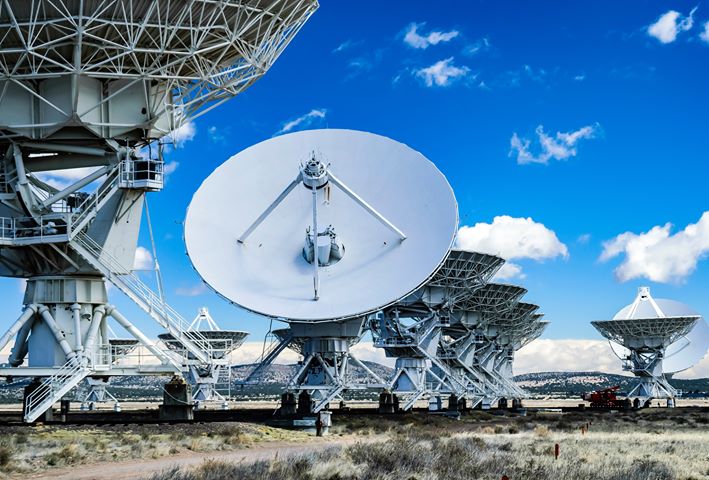Random Noise in Radio Telescope Measurements

Question:
I found this description when I searched for “what are the parts of a radio telescope called?”
“Our computer software keeps adding the waves together repeatedly to increase the signals from astronomical phenomena, and let the random noise signals coming from the receiver and the Earth’s atmosphere average out over time.”
I want to know more about the “random noise signals coming from the receiver and the Earth’s atmosphere” and to remove the “signals from astronomical phenomena”. Is there any way to to get the noise data from a radio telescope, or do they throw it all away?
I am looking for radio telescope data online, but it seems to all be astronomical phenomena. And no mention of “noise data”. Statistical summaries will not do. I need the time series or series of FFTs with phase data. I am happy to explain. But it would be much easier if I had one example of a real data stream (my data would be the noise. 🙂
Thanks for any clues or suggestions.
Richard
Answer:
The information in the form of radio waves that radio telescopes measure from astronomical objects include various sources of what we call “noise” combined with the actual astronomical signals from the objects we study. Two main sources of noise in our measurements come from the Earth’s atmosphere and the receivers that we use to detect the radio waves. The noise contributed by these sources are random in nature, which means that we can add measurements made at different times to reduce the magnitude of the noise in our measurements. The amount that these random noise sources are reduced is proportional to 1/sqrt(integration time). Since the signals from the astronomical source we are measuring are not random, they do not decrease in magnitude as we add-up our measurements. In the end, then, one emphasizes the astronomical source signal in relation to the cumulative noise when one adds multiple measurements together.
As for online resources which provide access to radio telescope data, there are many. For example, the Radio Telescope Data Center at the Smithsonian Astrophysical Observatory (SAO) contains data from radio telescopes operated by the SAO.





